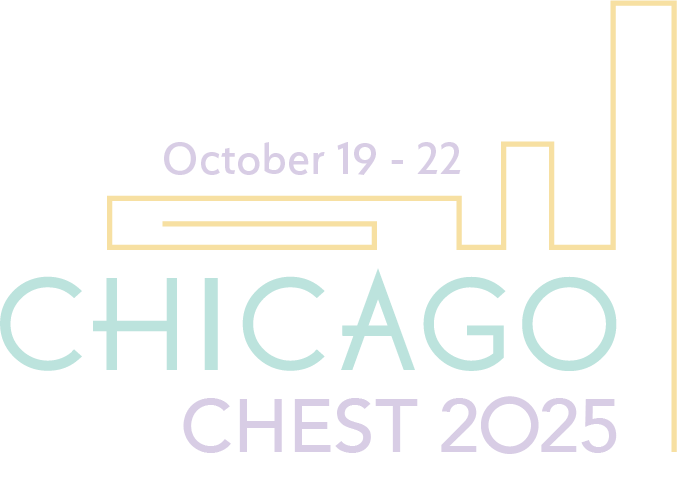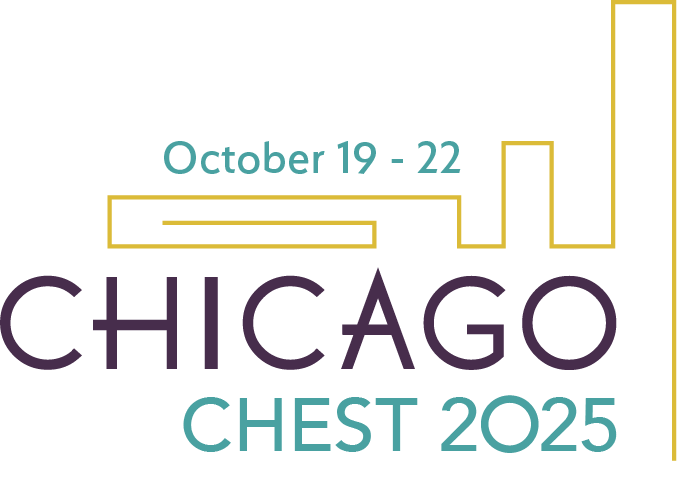
Massive hemoptysis can be a life-threatening event—and too many clinicians approach managing these acute events in a linear fashion when a parallel approach involving multiple disciplines can save time and lives, said Irene Riestra Guiance, MD.
“Securing the airway, starting source control, and involving interventional radiology or surgery simultaneously, rather than in a linear fashion, is important,” said Dr. Guiance, Interventional Pulmonologist at Hartford HealthCare. “In the acute setting, with truly life-threatening hemoptysis, my first priorities are airway protection, hemodynamic stabilization, and rapid bleeding localization, all while coordinating with interventional radiology [IR] and thoracic surgery early in the process.”
Dr. Guiance will chair the CHEST 2025 panel discussion Massive Hemoptysis Management: Novelties and Controversies at 4 pm CT on Tuesday, October 21, in McCormick Place, South Building, Room 504. She will cover the basics of hemoptysis; John Mullon MD, FCCP, of the Mayo Clinic, will address bronchoscopic management; and Melissa New, MD, of the University of Colorado Anschutz, will discuss surgical intervention. The panel will review the most current evidence-based approaches, including the role of adjunct therapies.
Quick, decisive action can improve survival. Teams are too often uncertain about the optimal airway strategy, particularly when to perform a bronchoscopy or use bronchial blockers, Dr. Guiance said. She typically secures the airway with a large-bore endotracheal tube while positioning the patient with the bleeding lung-side down.
Resuscitation runs in parallel with IV access and correction of coagulopathy. Bronchoscopy, most often flexible instead of rigid, allows for suctioning, clot removal with a cryoprobe, and topical hemostasis measures.
It is important to remember that if the patient is able to cough and is maintaining adequate oxygen saturation levels, they are protecting their airway and immediate intubation is not needed. Attempting inhaled tranexamic acid, a topical hemostatic agent, may be an appropriate next step.
“Familiarity with hemostatic agents varies widely among clinicians and they are sometimes underutilized,” Dr. Guiance said. “And perhaps the biggest knowledge gaps in managing hemoptysis is when to block the bleeding to allow clot stabilization and when to escalate, knowing exactly when to involve IR [interventional radiology] or surgery, which leads to delays in definitive source control. There is often a question of when to perform clot debulking once the bleeding has stopped.”
IR plays key roles in both diagnosis and therapy for hemoptysis, she said. Bronchial artery embolization is often the definitive intervention for systemic artery sources of bleeding and has high success rates. Computed tomography angiography can help localize the bleeding source and define vascular anatomy before embolization is attempted.
“Ideally, IR is involved early so embolization can proceed quickly once the airway is secured and bleeding [is] reduced endobrochially,” Dr. Guiance said.
Surgical intervention for massive hemoptysis is most often appropriate when bleeding is localized, the patient is a reasonable surgical candidate, and both bronchoscopic and IR approaches have failed or are for some reason not feasible Bleeding from a localized malignancy, a lobe damaged or destroyed by TB, or complicated aspergilloma are common examples in which surgery may be the most appropriate intervention.
“My hope is that this session helps clinicians adopt a parallel, multidisciplinary approach rather than a linear one,” Dr. Guiance said. “I’d like to see more comfort with adjunctive therapies and earlier escalation so we can reduce delays and improve survival. If people leave the session with a clearer algorithm and the confidence to implement it under pressure, I’d consider that a success.”

Call for Topics Is Open
Feeling inspired by all the great sessions in Chicago? Help shape the curriculum for CHEST 2026, October 18 to 21 in Phoenix, by submitting topic ideas from areas you’re passionate about, topics affecting your practice, or new technologies you’d like to learn more about. The submission deadline is Tuesday, December 2, at 2 pm CT.


